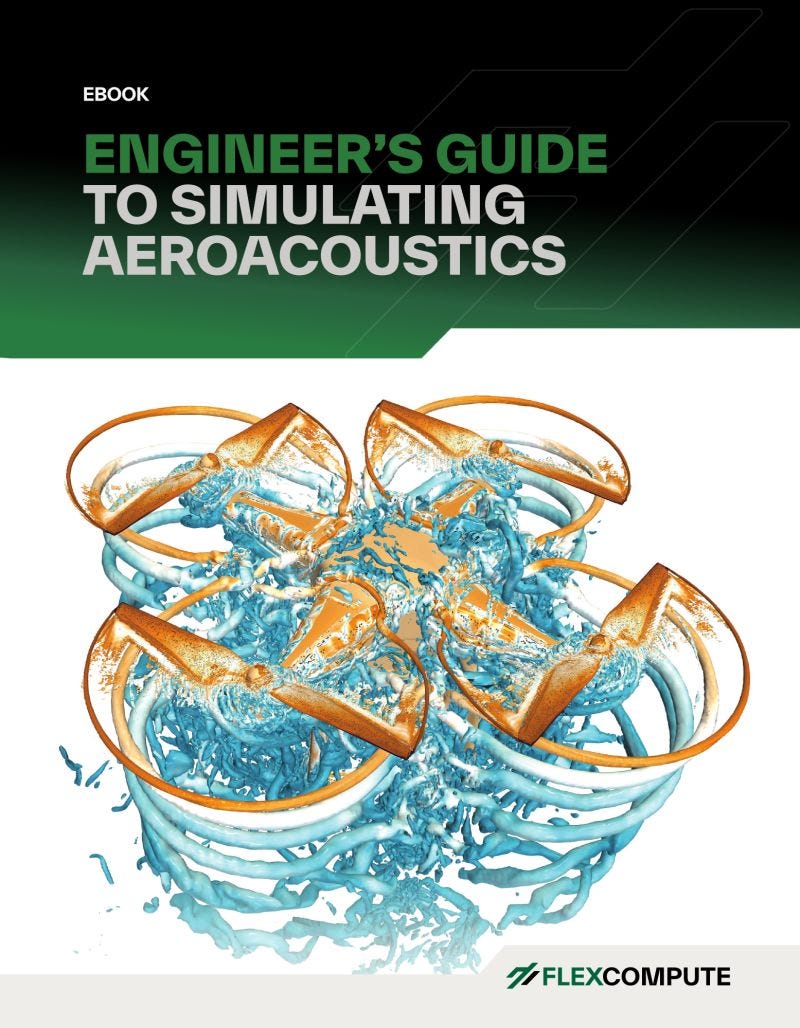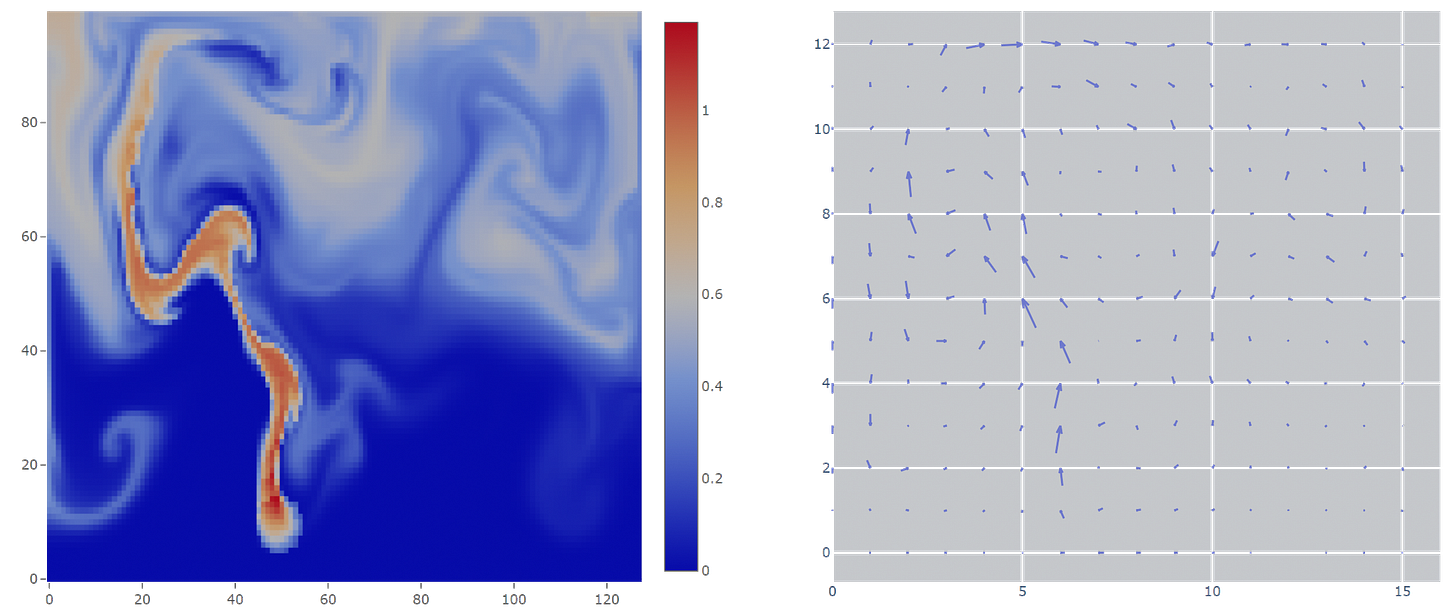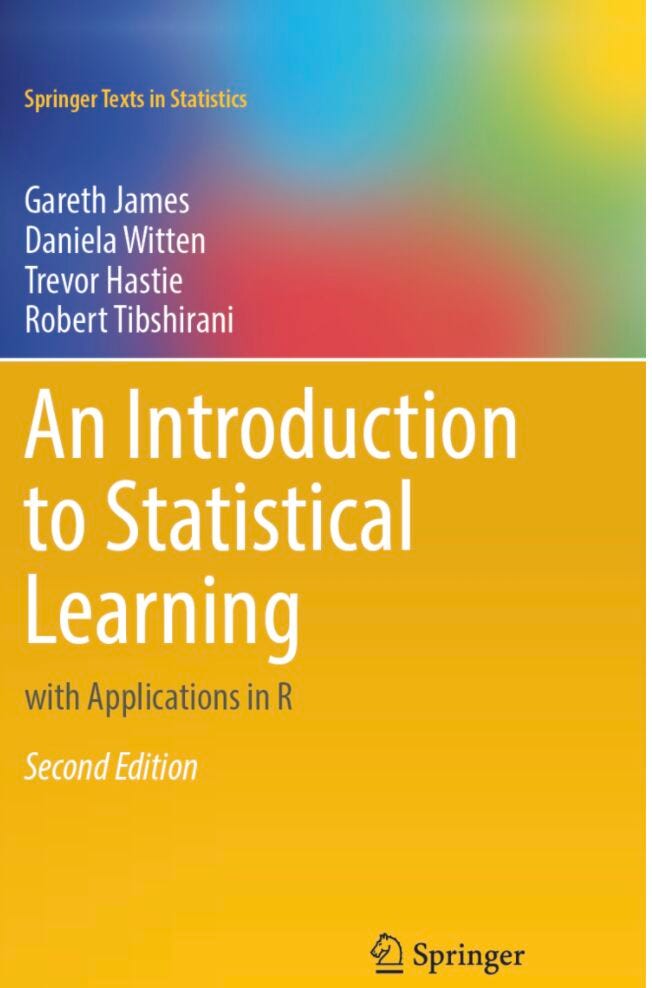Free Aeroacoustics Guide for Engineers, Verification & Validation in ANSYS & What is RAG?
🧠 The learned man knows that he is ignorant.
🎙️The Evolution in Physics Modeling & When to Use AI! - Andy Fine
💻 An Engineer's Guide to Simulating Aeroacoustics by Flexcompute
This guide is crafted to equip engineers with a practical understanding of aeroacoustic simulations, focusing on their technical benefits, cost considerations, and impact on engineering workflows.
🔊 The guide explains how these simulations can enhance design precision, reduce noise, and streamline development processes.
You’ll learn how aeroacoustic simulations can be a powerful tool in your engineering toolkit, supporting informed technical decisions that drive product innovation and performance.
💻 What is Retrieval-Augmented Generation (RAG)? A Comprehensive Guide
Retrieval-Augmented Generation (RAG) has emerged as a groundbreaking approach to enhancing the capabilities of large language models (LLMs). Whether you're a developer, a business leader, or simply an AI enthusiast, understanding RAG can help you unlock the full potential of generative AI applications. In this blog, we’ll dive deep into what RAG is, why it’s important, how it works, and how it can benefit your organization.
💻 Validation and Insight Using Ansys Mechanical
Reviewing the calculated results is the most critical part of any simulation. Evaluating deformation and stresses is a primary objective of our analysis, and we may need to determine our engineered design’s safety factors. However, postprocessing also helps us verify that our model setup was correct and that we don't have unexpected behaviors we can't account for. Moreover, we can compare results from different designs to evaluate the optimal configuration.
🤓 Eighty Years of the Finite Element Method: Birth, Evolution, and Future
This document presents comprehensive historical accounts on the developments of fnite element methods (FEM) since 1941, with a specifc emphasis on developments related to solid mechanics. We present a historical overview beginning with the theoretical formulations and origins of the FEM, while discussing important developments that have enabled the FEM to become the numerical method of choice for so many problems rooted in solid mechanics.
🎬 Video of the Week
💻 Engineering Tool of the Week – ΦFlow - Open-Source Simulation Toolkit
ΦFlow is an open-source simulation toolkit built for optimization and machine learning applications. It is written mostly in Python and can be used with NumPy, PyTorch, Jax or TensorFlow.
📚Book of the Week
An Introduction to Statistical Learning: with Applications in R
The 2nd edition of An Introduction for Statistical Learning (with R examples) is out! The book includes code examples with #R.
The second edition includes the following topics:
- Sparse methods for classification and regression
- Decision trees
- Boosting
- Support vector machines
- Clustering
❤️ Support the Blog & Newsletter
Let’s connect on Instagram or LinkedIn!
For any business-related issues or collaborations, email me at support@jousefmurad.com!
Keep engineering your mind! 🧠
Jousef








